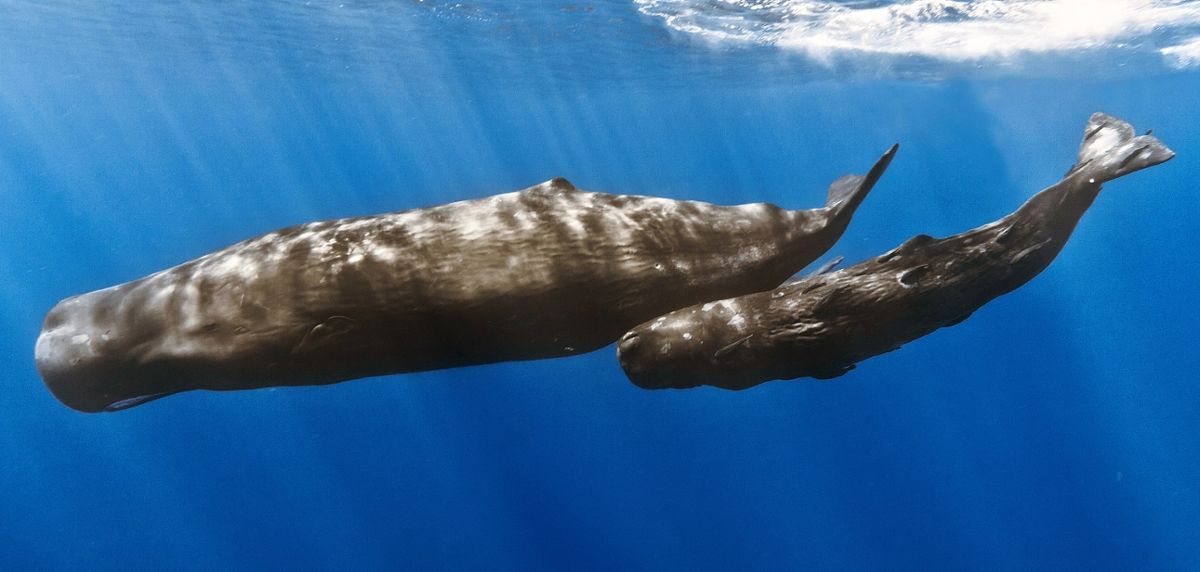Sperm whales have the largest brains of any animal on Earth. Their complex social structures, which involve kin-based matriarchal clans, are direct evidence that they are smart. Members of these clans communicate over great distances using sound clicks that make up a distinctive clan dialect.
In 2021 an interdisciplinary team of researchers reported new evidence that sperm whale social structures make them capable of rapid social learning. The evidence came from a surprising source. The researchers studied the logbooks of nineteenth century American whaling ships hunting sperm whales in the northern Pacific.
In the eighteenth and nineteenth centuries, whalers from America and Europe spread over the world’s oceans in sailing ships, exploiting new hunting grounds for the first time. When whales were sighted, they launched smaller rowboats, from which crews attacked the whales with hand-thrown harpoons. Whaling activities were carefully recorded in the ships’ logbooks.
The research team studied data extracted from these records. They found that, within just a few years of the first encounters between whalers and sperm whales in the north Pacific, the success rate of the whalers dropped dramatically—by about fifty-eight percent.
To cope with the new threat, whales abandoned the defensive formations they used successfully against their traditional predator—the orca whale—and invented a new strategy. Instead, they swam upwind to escape the whaler’s wind-powered ships and used other defensive maneuvers. The researchers concluded that the knowledge of how to evade whalers spread so quickly among sperm whales within a group—and then to neighboring groups—that it could only have been spread from group to group through social learning and culture. Humans may not be alone on Earth in having a sophisticated culture.










